Supportive Regulatory Framework
A supportive regulatory framework is emerging for ozone therapy, positively impacting the Ozone Therapy Devices in Dermatology Market. Regulatory bodies are increasingly recognizing the therapeutic potential of ozone, leading to clearer guidelines and standards for its use in dermatology. This regulatory support not only fosters innovation but also instills confidence among practitioners and patients regarding the safety and efficacy of ozone therapy. As regulations become more defined, manufacturers are likely to invest more in research and development, further enhancing the market landscape. The establishment of standardized protocols for ozone therapy could also facilitate its acceptance in mainstream dermatological practices, thereby expanding its reach.
Rising Incidence of Skin Disorders
The prevalence of skin disorders, including acne, psoriasis, and eczema, is on the rise, contributing to the growth of the Ozone Therapy Devices in Dermatology Market. As more individuals seek effective treatments for these conditions, ozone therapy emerges as a viable option due to its anti-inflammatory and antimicrobial properties. Recent statistics indicate that skin disorders affect nearly 30% of the population at some point in their lives, creating a substantial market for innovative therapeutic devices. The increasing awareness of ozone therapy's benefits among both patients and healthcare providers is likely to further stimulate market growth, as it offers a promising alternative to traditional treatments.
Growing Awareness of Ozone Therapy Benefits
There is a marked increase in awareness regarding the benefits of ozone therapy within the Ozone Therapy Devices in Dermatology Market. Educational initiatives and marketing efforts by manufacturers have played a crucial role in informing both practitioners and patients about the therapeutic advantages of ozone. This includes its ability to promote wound healing, reduce inflammation, and improve skin texture. As awareness grows, more dermatologists are likely to incorporate ozone therapy into their treatment protocols, thereby expanding the market. Furthermore, the potential for ozone therapy to address a variety of skin issues positions it as a versatile tool in dermatology, which may attract further investment and innovation in device development.
Increasing Demand for Non-Invasive Treatments
The Ozone Therapy Devices in Dermatology Market is witnessing a notable rise in demand for non-invasive treatment options. Patients increasingly prefer therapies that minimize recovery time and reduce the risk of complications associated with surgical procedures. Ozone therapy, known for its ability to enhance skin healing and rejuvenation, aligns well with this trend. According to recent data, the market for non-invasive dermatological treatments is projected to grow at a compound annual growth rate of approximately 10% over the next five years. This shift towards non-invasive solutions is likely to drive the adoption of ozone therapy devices, as they offer effective results with minimal discomfort, thereby appealing to a broader patient demographic.
Technological Innovations in Ozone Delivery Systems
Technological advancements in ozone delivery systems are significantly influencing the Ozone Therapy Devices in Dermatology Market. Innovations such as portable ozone generators and improved application techniques enhance the efficacy and safety of ozone therapy. These advancements not only improve patient outcomes but also increase the convenience of treatment, making it more accessible to a wider audience. The integration of smart technology into ozone devices, allowing for precise dosage and monitoring, is expected to further drive market growth. As these technologies evolve, they may lead to enhanced clinical results, thereby solidifying ozone therapy's position as a leading option in dermatological treatments.


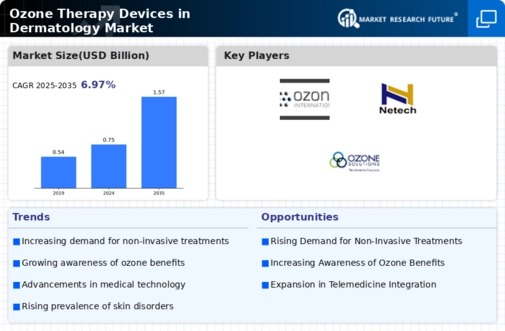

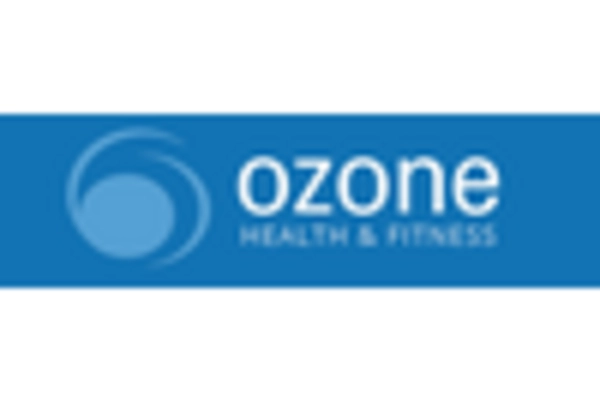
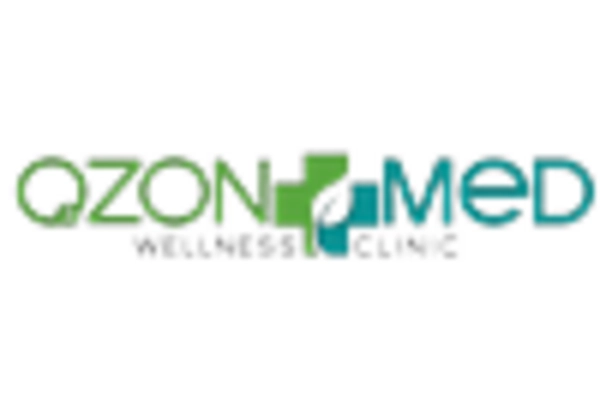
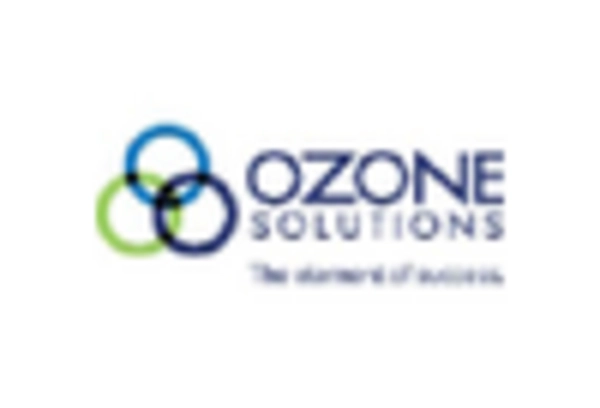

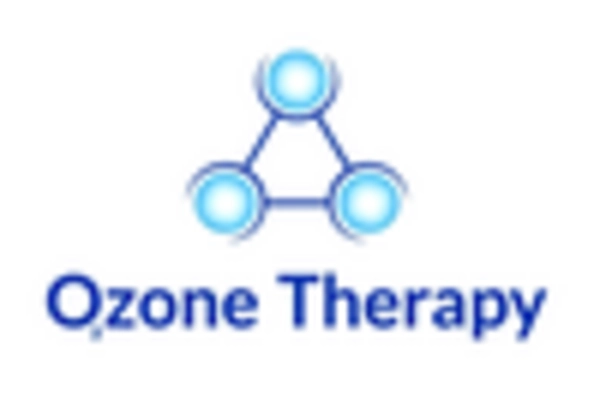
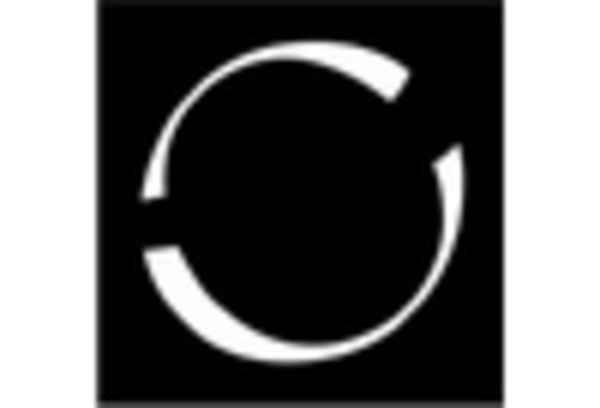








Leave a Comment